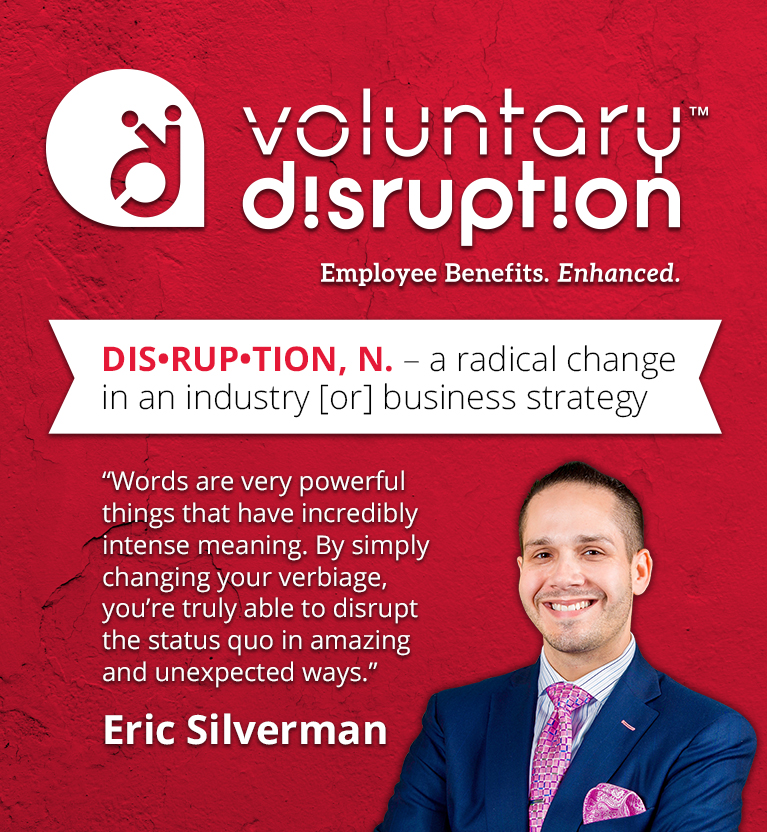The buzzwords of the year have all circled around the idea of not being “status quo.”
Brokers everywhere are focusing on being innovative, cutting edge and creative. They’re shunning the top-50 broker shops and other brokers who’re still pushing the fully-insured BUCAs and they’re preaching from the hilltops about their ground-breaking solutions designed to help employers mitigate their health care expenses.
The employer saves money and the broker looks like a hero. But, here’s a question: What about the employee-funded dollars? Sure, when the employer saves money it should result in an employee savings as well, but when it comes to what the industry still calls “voluntary,” or what I call enhanced, brokers are still, by and large, doing nothing innovative around the benefits that are typically 100 percent employee funded. Thus, they’re implying that it’s OK to be status quo when it comes to voluntary.
Really? When it comes to the actual, hard-working employees — the people who are voluntarily spending their own hard-earned money on benefits to protect themselves over and above where their health insurance leaves off — it’s perfectly fine, OK and normal to be status quo?
I say this because even the most advanced group brokers are still ignoring enhanced benefits. Or, if it falls in their lap, they’ll begrudgingly outsource it to some random carrier rep who, more often than not, is going to do a product dump that’s going to lead to the employee overspending on benefits and products that likely don’t make any sense for them — all to get to the inevitable commission grab.
Ultimately, the employee suffers because the broker either wasn’t paying attention, thinks the carrier rep route is easier, or both.
Here’s the truth. Isn’t it two-faced to preach how innovative you are when you’re only innovative for half of your business? I can’t comprehend why it’s important to save the employer money, but it’s not important to give a damn about the employee-funded products. After all, isn’t the employee the end-user, the true consumer, and isn’t all of this for them anyway?
Strategic approach
I’m not telling you to not save the employer money. I’m not arguing that employers should have status-quo benefits. That’s not my point at all.
For every 10 employees who are educated about enhanced benefits in a one-on-one, in-person enrollment with a benefit counselor, do you have any idea how many employees typically participate? Six to seven. That’s a 60 percent to 70 percent close rate.
You see, it’s not a matter of if employees are going to choose to participate in various enhanced benefits, but more a matter of if they’re going to have a strategic product bundling put in place that is bespoke, customized and in concert with the current health insurance strategy that the health broker and their employer has put together.
Right now, most employees don’t have that option. Instead, they have a shelf product status-quo offering. The carrier rep sits down and just pumps them full of extra products that they may or may not need — typically at the highest rates with the most riders, bells and whistles and with little-to-no rhyme or reason for why they were offered.
By the way, I’m not just bashing the largest “voluntary” carriers of the world. When appropriate, I customize, offer and recommend products from the largest carriers, too. The reality though, is that it’s not about the carrier; it’s about the methodology, delivery system and go-to-market strategy, or lack thereof.
As a broker, if you’re going to preach about how innovative and great you are and how you’re not status quo, do it for the entire benefits package. Don’t stop after you’re done with the employer-funded or largely employer-subsidized health insurance.

